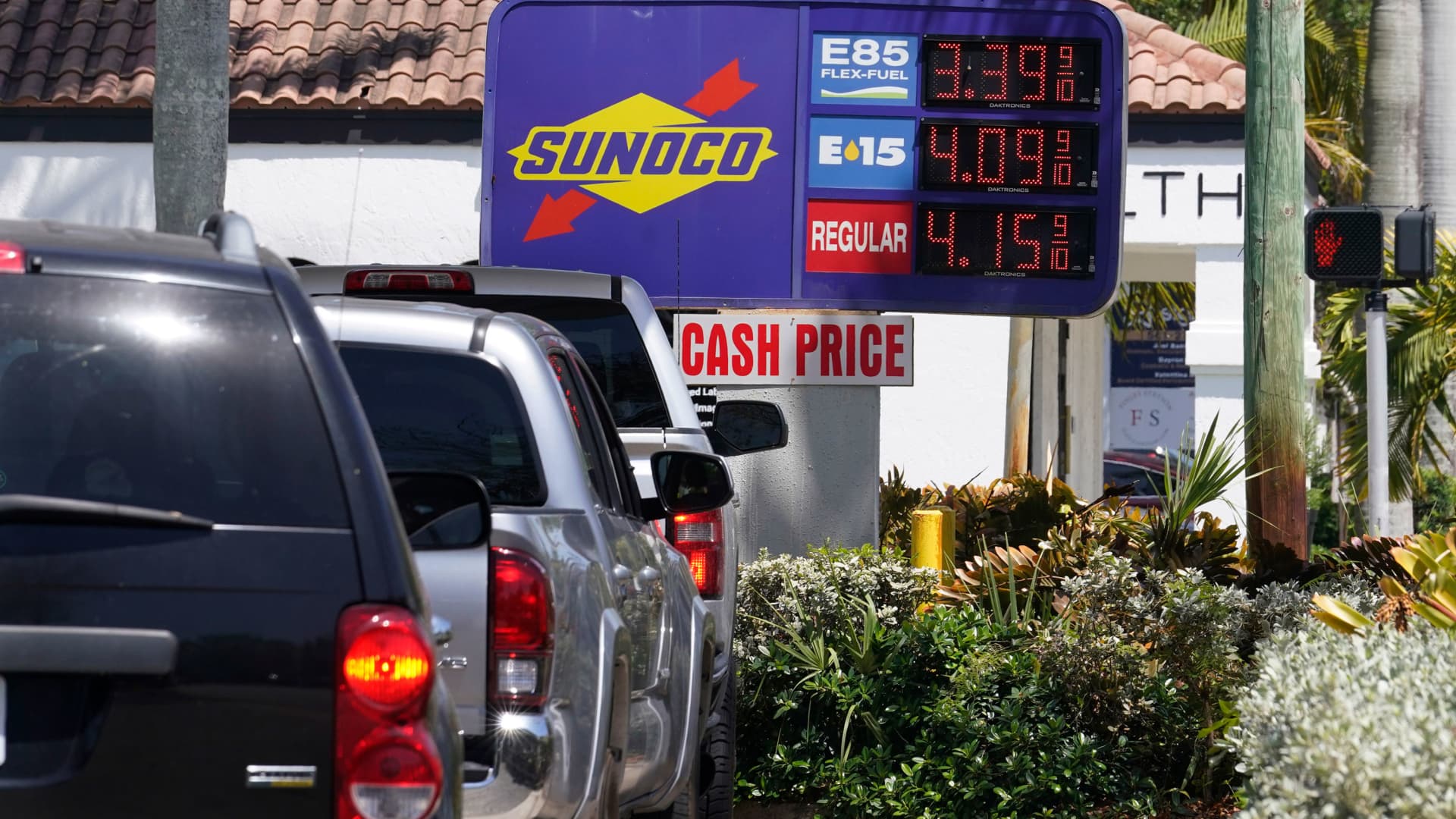BYD’s Opportunity to Establish Brand Preference in the Developing World

Support CleanTechnica’s work through a Substack subscription or on Stripe.
Last Updated on: 29th August 2025, 12:06 am
Zach’s recent article on BYD’s growth in Asian emerging markets, both in sales and manufacturing, as well as an insightful comment from Matthew2312, highlighted their efforts to expand into growing economies. In addition, Steve Hanley’s thoughts in an article on BYD exporting vehicles from Thailand provided perspective on their expansion into new markets, including those that other automakers retreated from. Meanwhile, reports out of countries like the Philippines highlight accelerating EV growth. This made me think about both the BYD brand and the differences in consumer demographics and perceptions in developing countries.
It brought to mind a recent post on the buyer demographics of the first million BYD Han models sold. This is a large comfort-focused sedan. Presumably, other models, like the Seagull, have younger buyers. However (using Google translation):
“Those born in the 1990s and 2000s account for over 64% of the owners … and individual users comprise a staggering 95%…. Married families account for over 60%.”
In other words, most buyers were younger than 35 years old, married with children at home. They were just becoming established in their careers and families, during a period when China’s economy was emerging. For comparison, the average EV or sedan new car buyer in the US is decades older, and buying at an age when many preferences are already well established.
In general, the faster an emerging market grows, the younger the wealth tends to be. As a result, the new car buyers will also tend to be younger. This is especially the case when the growth is driven by new technology, rather than natural resource extraction.
In combination, BYD’s sales emphasis on these young but growing markets, the technology-driven economic growth within those markets, and the life stage of people buying their cars creates a massive opportunity for BYD to establish brand preference for generations of future benefit.
About Brand Preference
According to an article in Medium: “Brand preference refers to consumers’ tendency to favor one brand over others based on their perceptions and prior experiences. This concept is crucial for businesses as it directly influences consumer behavior and purchasing decisions.” That is obvious enough, but it’s a factor that is often underappreciated.
People typically develop preferences during life transitions and as they are making their first few purchases of a good or service. Musical preferences tend to be established as people enter their teens and start gaining control over what they listen to. Years later, a song will bring back the emotional memories of their youth, and marketers tend to use these songs to sell products (as now seen in the soundtrack of ads selling Baby Boomers medication). My wife Stephanie has held such a strong preference for New Kids on the Block since adolescence that she will travel for shows and cruises, has built up social circles around them, and band members recognize her. Similarly, beer brands seek to establish preference shortly after people are old enough to drink legally (arguably, some tried earlier… I’m thinking about you Hamm’s Bear and Spuds Mackenzie). Political parties try to establish preference with young voters, even though their participation rates tend to be lower. US car dealers often target recent college grads to establish brand and dealer preference, even though they are not the primary buyer demographic and tend to buy lower-margin vehicles. By establishing brand preference as people are entering a new stage of their life, they are also associating the brand with the emotions of excitement, friendship, and independence that tend to go with those positive transitions.
Brand preference can be emotionally powerful. Decades ago, I took an acquaintance shopping to buy his first car. He was a recent immigrant from Mexico and worked as a dishwasher at a restaurant that another college friend worked at. He insisted it would be a Chevy. All he could afford on the dealer lot was a malaise-era used example in poor condition. We asked him why it had to be a Chevy. Other, better vehicles were available. He said that back in Mexico people bought Chevrolet cars when they stopped struggling and started to live more comfortably. He wasn’t just buying a car; he was buying a feeling of accomplishment.
People are buying an emotion as much as they are buying a car, and their brand preference is also strongly tied to emotions. AARP members buying Corvettes, Mustangs, and Harley-Davidsons are buying their youthful dreams and the feeling of vitality that came with that age. Many luxury brands are trying to sell feelings of status and exclusivity more than they are trying to sell features. Australians buying a Holden or a Ford were buying feelings of camaraderie, belongingness, excitement, and the pride of victory associated with their preferred team as much as they were buying a car.
That isn’t to say that established brand preference is permanent. Nissan has overtaken Chevrolet for Mexican sales. My father was always a Mopar fan when I was growing up after buying a Barracuda for his first new car, but, particularly after some disappointing experiences, he now prefers Mazda and Hyundai vehicles. Many people here who once bought the feelings of excitement and optimistic progress associated with Tesla now have different feelings conjured up by the brand. As with that example, established brand preference has some inertia and doesn’t change overnight. But it can change.
However, it tends to be much easier to get someone to form a preference than it is to get them to change a preference once it is established.
Establishing Automotive Brand Preference in Emerging Markets
The emphasis on developing markets also places emphasis on the people who are developing within them. People emerging economically during the positive transitions in their lives. People establishing themselves while they establish their preferences for things that their parents could have only dreamt about. The experience of a first new car purchase not only has personal significance but will also be shared with others to form cultural significance.
Family amplifies the impact. In developed markets, many people prefer what their parents prefer, accompanied by emotions tied to their parents. However, in countries where the parents were never in an economic position to own a car, the dynamic is different. Young people not only have the first new vehicle in their family as a symbol of personal accomplishment, but also as a point of pride for their parents. This is an especially significant dynamic in many Asian cultures. In addition, this could be the vehicle associated with becoming a newlywed or bringing a newborn child home from the hospital, tying it to all the emotional significance of those life events. Once brand preference is established and the economy becomes more developed over time, that preference can then pass to the next generation.

Because electric vehicles are relatively new technology in these markets, it provides an additional opportunity to become the first to mind when people think about EVs. Even if some preference for an ICE vehicle existed before, the disruptive technology helps to open up their ability to develop new preferences. In addition, by having an EV become their first car, it helps to set a preference for EVs. People are unlikely to have nostalgia for the exhaust note and smell of gasoline from a type of vehicle that they never owned. When other EV makers neglect emerging markets, it clears the way to establish the brand as the first choice in the minds of customers.
Building factories in emerging markets also helps to establish brand preference. People see the growth of their domestic industry and the economic benefits that come with it. They start to identify the brand as part of their “team.” It is a stark contrast to many people in developed markets with entrenched industries who see it as a threat to their “team.” The new factories and the technological advancement also form a point of national pride. In cases where an emerging country leapfrogs a legacy economy on technology, that pride only gets stronger. Having those products exported to the world gives people even more justification to feel proud.
However, just because the opportunity exists doesn’t mean it is a foregone conclusion. It will take the right product for the market and the right marketing strategy. It will also take work to develop the brand, connect the brand to customers with the right messages, create a positive experience, and build lasting relationships. Those areas can be more of a challenge than developing advanced technology at an engineering-led company. And it will still take work to make the most out of that brand preference and convert it into sales. Taking a broader perspective can help, as well as learning from successes in building and nurturing brand preferences in other industries. As disconnected as it may sound to a technology-led EV maker, they could learn from groups like NKOTB, the boy band that my wife loves, as they have done one of the best jobs I have ever seen at engaging and delighting their fans (aka Blockheads) who developed a preference decades earlier. Not everyone does it successfully.
It may be easy to dismiss initial numbers in emerging markets as being relatively small in quantity and purchasing power. But those markets are developing as the people within them develop. Establishing brand preference and tying the brand to the economic emergence of these countries has an impact that extends far beyond monthly sales rankings. Electric vehicles are the future, and BYD can make its brand most associated with that future. The opportunity exists to establish long-lasting brand preference that can span generations, if BYD can take advantage of it.
Sign up for CleanTechnica’s Weekly Substack for Zach and Scott’s in-depth analyses and high level summaries, sign up for our daily newsletter, and follow us on Google News!

Have a tip for CleanTechnica? Want to advertise? Want to suggest a guest for our CleanTech Talk podcast? Contact us here.
Sign up for our daily newsletter for 15 new cleantech stories a day. Or sign up for our weekly one on top stories of the week if daily is too frequent.
CleanTechnica uses affiliate links. See our policy here.
CleanTechnica’s Comment Policy
This post has been syndicated from a third-party source. View the original article here.




